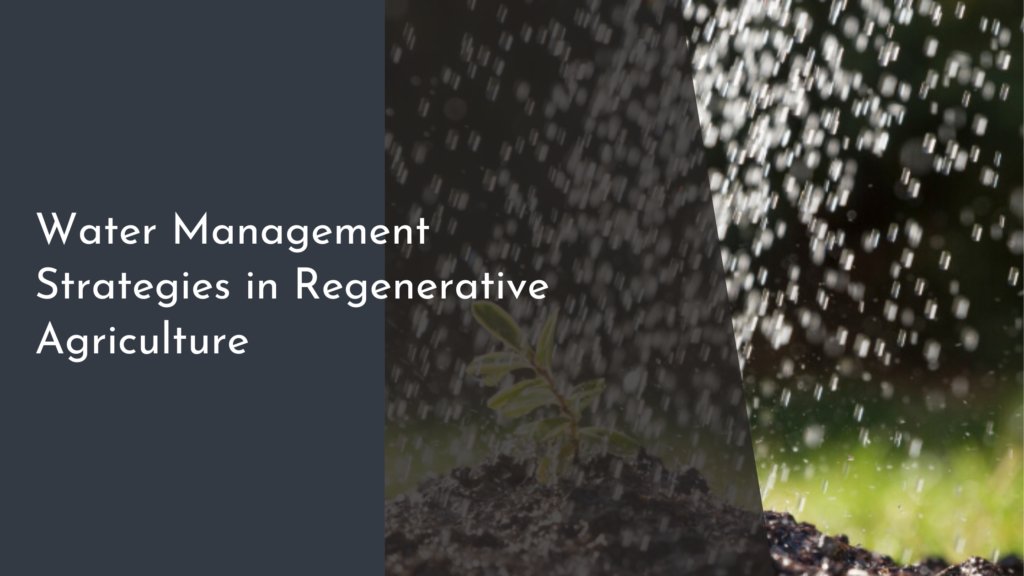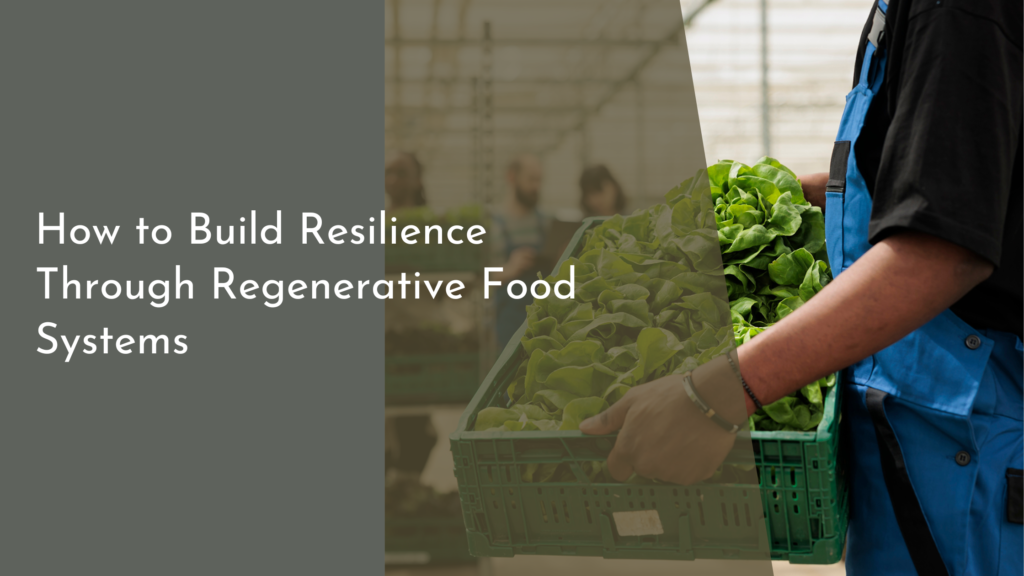Urban Forests for Sustainable Air Purification Projects
Urban forests are emerging as a powerful ally in the fight for cleaner air in our cities. As urbanization continues to expand, the quality of air we breathe is increasingly jeopardized by pollution and environmental degradation. However, the strategic implementation of urban forests can significantly mitigate these challenges, providing not only cleaner air but also a myriad of other ecological benefits. In this article, we will explore the remarkable advantages of urban forests, the transformation they bring to city environments, ways to engage communities, and showcase innovative projects that are making strides in urban air purification.
Discovering the Benefits of Urban Forests for Air Quality
Urban forests play a vital role in improving air quality by acting as natural filters. Trees absorb harmful pollutants such as carbon dioxide, nitrogen dioxide, and particulate matter, effectively reducing the concentration of these toxins in the atmosphere. A single mature tree can absorb approximately 48 pounds of carbon dioxide annually, contributing to a significant decrease in urban air pollution levels. Moreover, trees release oxygen through the process of photosynthesis, enhancing the overall air quality and ensuring healthier environments for city dwellers.
Additionally, urban forests help to moderate temperatures, which can also influence air quality. On hot days, urban areas often experience the "urban heat island" effect, where temperatures can soar higher than in surrounding rural areas. Trees provide shade and release moisture through transpiration, cooling the air around them. This cooling effect can reduce energy consumption, lower greenhouse gas emissions from power plants, and improve the overall well-being of residents, resulting in a more sustainable urban ecosystem.
How Urban Green Spaces Transform City Environments
Urban green spaces, including forests, parks, and gardens, play a crucial role in enhancing the livability of city environments. These spaces provide not only aesthetic beauty but also serve as vital habitats for local wildlife, contributing to biodiversity within urban settings. The presence of vegetation fosters a sense of tranquility and connection with nature, promoting mental health and well-being among city residents. Moreover, parks and green corridors encourage physical activity, further supporting a healthier lifestyle and community engagement.
In addition to their psychological and recreational benefits, urban green spaces also support local economies. They can increase property values and attract tourists, creating opportunities for businesses that cater to visitors seeking natural experiences. Furthermore, the incorporation of urban forests into city planning enhances stormwater management, reduces flooding, and improves drainage, showcasing how green environments directly benefit urban infrastructure.
Engaging Communities in Sustainable Tree Planting Initiatives
Community engagement is essential for the success of sustainable tree planting initiatives. By involving residents in the planning and implementation processes, cities can cultivate a sense of ownership and responsibility towards their local environment. Educational programs can teach participants about the ecological benefits of trees, such as their role in air purification and ecosystem balance. Hosting tree planting events or workshops not only provides hands-on experience but also fosters community bonding and pride in the collective effort to enhance local air quality.
Moreover, partnerships with local schools, organizations, and businesses can amplify the reach and impact of these initiatives. For instance, businesses may sponsor tree planting events as part of their corporate social responsibility efforts, while schools can incorporate environmental education into their curriculum, empowering students to become environmental stewards. When communities come together around a shared goal, the positive ripple effects can lead to lasting change and a stronger commitment to sustaining urban forests for future generations.
Innovative Projects Enhancing Urban Air Purification Today
Across the globe, innovative projects are harnessing the benefits of urban forests to tackle air pollution and improve urban environments. Initiatives such as urban tree canopies, green roofs, and living walls are gaining traction as effective solutions for air purification. For instance, cities like Sydney and Toronto have adopted urban canopy strategies, aiming to increase tree coverage to enhance air quality and combat climate change. These projects often combine technology, such as air quality sensors, to monitor and assess the impact of urban forests on air pollution levels.
In addition, some cities are experimenting with integrating technology and art into green spaces. Projects that involve installing air-purifying sculptures or smart urban furniture are not only aesthetically pleasing but also serve functional purposes in cleansing the air. By fostering collaboration between artists, environmentalists, and urban planners, cities are finding inventive ways to enhance urban air quality while simultaneously beautifying their landscapes. These innovative approaches are paving the way for a cleaner, greener future in urban settings.
The integration of urban forests into our cities presents a promising solution to the pressing issue of air pollution. As we have explored, the benefits of these green spaces extend far beyond just air purification; they enhance the overall well-being of communities, foster economic growth, and contribute to sustainable urban ecosystems. By engaging residents in tree planting initiatives and embracing innovative projects, we can collectively work towards cleaner air and healthier urban environments. Together, let’s celebrate and support the growth of urban forests, ensuring a brighter, greener future for all!


